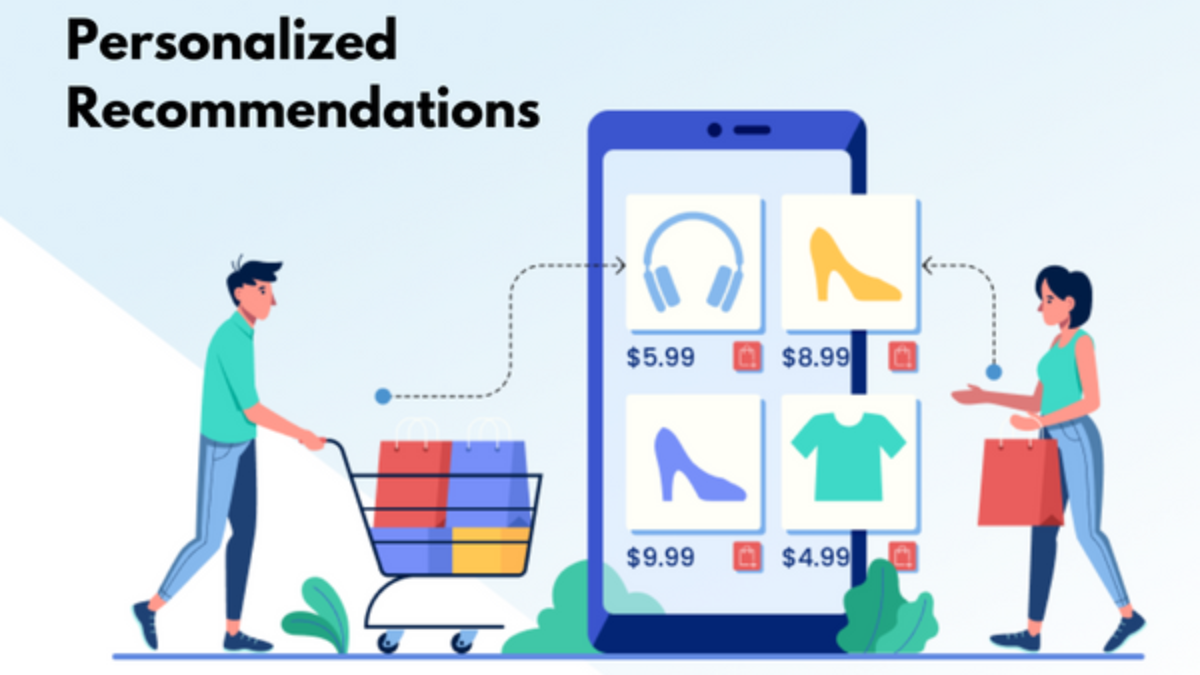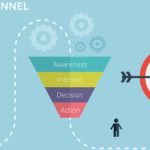In today’s hyper-competitive business landscape, personalization is no longer a luxury—it’s a necessity. Companies that effectively implement personalized interactions not only enhance the customer experience but also cultivate loyalty that leads to repeat business. Personalization bridges the gap between brand and buyer, turning transactions into lasting relationships.
This article delves into how businesses can leverage personalized interactions to foster repeat customers, boost revenue, and stand out in the marketplace.
Why Personalization Matters in Modern Business
Understanding Today’s Customer Expectations
Consumers today expect more than generic service. Thanks to brands like Amazon, Netflix, and Spotify, personalization has become the norm. These platforms recommend products, shows, or music based on user behavior, creating a tailored experience that keeps users coming back.
According to a 2024 report by McKinsey, 71% of consumers expect companies to deliver personalized interactions—and 76% get frustrated when this doesn’t happen.
The Link Between Personalization and Loyalty
Personalized interactions build trust. When a customer feels seen and understood, they are more likely to return. This sense of connection increases lifetime value and reduces churn. Businesses that use personalization effectively see increased customer satisfaction, better engagement, and higher repeat purchase rates.
Key Components of Personalized Customer Interactions
1. Customer Data Collection
The foundation of personalization is data. The more you know about your customer, the more relevant your interactions can be.
- Demographic Data: Age, location, gender
- Behavioral Data: Website visits, purchase history, cart abandonment
- Psychographic Data: Preferences, lifestyle, values
Collecting this data ethically and transparently is critical.
2. Segmentation and Targeting
Once data is collected, segmentation helps group customers by common traits. For instance:
- New vs. returning customers
- High-value customers
- Browsers vs. buyers
This allows businesses to craft tailored messages that resonate with each group.
3. Omnichannel Communication
Personalized interactions should span all touchpoints:
- Email: Product recommendations based on browsing history
- Website: Dynamic content based on location or behavior
- Social Media: Targeted ads and engagement
- SMS: Order updates and exclusive offers
Consistency across platforms reinforces brand trust.
4. Dynamic Content and Offers
Tailored content and offers create a sense of exclusivity. Examples include:
- Personalized discount codes (“Here’s 10% off your next order, Sarah!”)
- Recommended products (“You may also like…”)
- Curated content (“Articles tailored to your interests”)
Such interactions show customers that their preferences are valued.
Tools and Technologies Powering Personalization
CRM (Customer Relationship Management) Software
CRM tools like Salesforce, HubSpot, and Zoho help businesses manage customer data and automate personalized messaging across platforms.
AI and Machine Learning
AI can predict customer behavior, segment audiences in real time, and offer next-best actions. Machine learning enhances personalization by continuously refining recommendations based on customer behavior.
Marketing Automation
Platforms like Mailchimp and Klaviyo automate personalized emails, SMS, and more. These tools allow for real-time behavioral triggers—for example, sending a follow-up email if a customer abandons their cart.
Real-World Examples of Effective Personalized Interactions
Amazon
Amazon is a personalization powerhouse. From product recommendations to personalized homepages and emails, Amazon tailors its content based on past behavior, search history, and demographic data.
Starbucks
Starbucks leverages its mobile app to deliver personalized offers based on purchase history, location, and loyalty status. It gamifies the experience with stars, rewards, and birthday gifts, encouraging repeat visits.
Netflix
Netflix uses viewing history and preferences to recommend new shows. This keeps users engaged and coming back for more content.
Best Practices to Drive Repeat Business Through Personalization
1. Start with the Customer Journey
Map out the customer journey to identify key personalization opportunities—from the first website visit to post-purchase communication.
2. Implement Real-Time Personalization
Don’t wait until after a customer has left your site. Use AI-driven tools to deliver personalized content and recommendations in real-time.
3. Personalize Beyond the First Name
True personalization goes beyond “Hi John.” Include:
- Personalized product suggestions
- Custom content based on past behavior
- Location-based offers
4. Respect Privacy and Build Trust
Always be transparent about how you collect and use data. Offer customers the option to manage their preferences. Trust is foundational for long-term relationships.
5. Use Feedback for Continuous Improvement
Encourage reviews, surveys, and ratings. Use this data to refine your personalization strategy. Customers appreciate brands that listen.
Metrics to Measure Personalization Success
To evaluate how well your personalized interactions are driving repeat business, monitor the following KPIs:
- Customer Retention Rate: Measures how many customers continue buying from you.
- Repeat Purchase Rate: Percentage of customers who return to buy again.
- Customer Lifetime Value (CLV): Total revenue generated by a customer over time.
- Click-Through Rates (CTR): For personalized emails and messages.
- Conversion Rates: Especially for personalized landing pages and offers.
Challenges in Personalizing Customer Interactions
Data Silos
When data is fragmented across departments, creating a unified customer view becomes difficult. Integrating systems and centralizing data is essential.
Over-Personalization
Too much personalization can feel invasive. There’s a fine line between helpful and creepy. Balance is key.
Scalability
As businesses grow, maintaining consistent personalization across all touchpoints can be challenging. Automation tools can help scale personalization efficiently.
Future Trends in Personalized Customer Engagement
Predictive Personalization
Using AI to predict what customers need before they know it themselves. Think: personalized recommendations based on future behavior, not just past.
Hyper-Personalization
Leveraging real-time data and AI to create ultra-targeted experiences. This includes personalized chatbots, dynamic pricing, and voice personalization.
Privacy-First Personalization
As regulations like GDPR and CCPA evolve, brands must find ways to personalize experiences while safeguarding customer privacy.
Conclusion
In an era where customers are bombarded with options, personalized interactions are the key to standing out and driving repeat business. When executed correctly, personalization can enhance customer satisfaction, increase loyalty, and significantly boost revenue.
By understanding your customers, leveraging the right technologies, and delivering relevant, timely content across channels, you can create a brand experience that customers want to return to—again and again.
The future of business lies in relationships, not just transactions. And personalization is the bridge that connects the two.
FAQs About Personalized Interactions and Repeat Business
Q1: What is a personalized interaction in business?
A personalized interaction is a customized communication or experience that is tailored to an individual customer based on their preferences, behavior, or data.
Q2: Why is personalization important for repeat business?
Personalization makes customers feel valued and understood, which builds trust and loyalty. This emotional connection increases the likelihood of repeat purchases.
Q3: How can small businesses personalize customer experiences?
Small businesses can use email tools, CRM systems, and feedback forms to gather customer data and tailor offers, messages, and experiences accordingly.
Q4: What types of data are needed for personalization?
Key data includes demographics, purchase history, browsing behavior, preferences, and feedback. Ethical collection and transparent usage are essential.
Q5: Are there risks to over-personalizing interactions?
Yes. Over-personalization can feel intrusive or creepy. It’s crucial to respect privacy, avoid overreaching, and let customers control their data preferences.
Q6: What is the ROI of personalization?
According to a study by Epsilon, personalized emails deliver 6x higher transaction rates. Personalized marketing can boost revenue by 10–30% when done well.
Q7: How do I get started with personalization?
Start by mapping the customer journey, identifying touchpoints, collecting relevant data, and using tools like CRMs or automation platforms to deliver tailored experiences.



